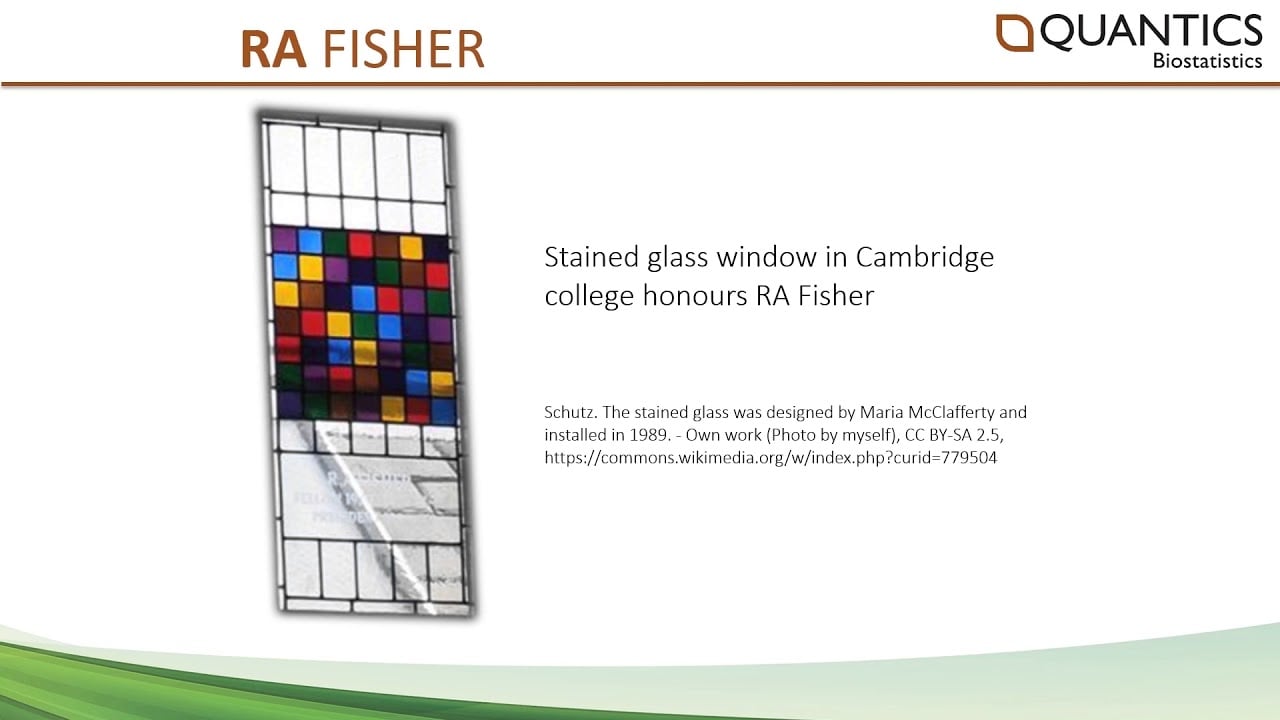We can waste about 40% of multi-well plates to avoid biasing the relative potency (RP) due to “the edge effect”. Quantics recently used a Latin square design to support a batch release assay designed to eliminate variation across the whole assay plate. This design allowed row and column effects to be identified, and correctly accounted for in the estimation of reportable values, avoiding any assay bias. The assay data clearly demonstrated that row and column effects are sometimes seen and most importantly can be managed. In this presentation we will describe the Latin square and explain how similar, more practical designs can be used in a typical multi-well plate assay to overcome these issues and maximise the efficiency of the assay. We will show the results of a simulation study demonstrating the extent of estimation bias which can be avoided using this technique.
Get all our latest news delivered straight to your inbox.
[mc4wp_form id=”16233″]





Comments are closed.